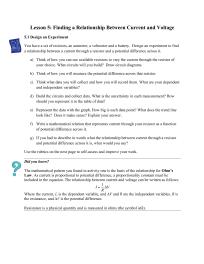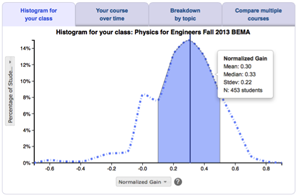
Developed by: Eugenia Etkina, Suzanne Brahmia, Chis D'Amato, James Finley, Jim Flakker, Danielle Bugge, Richard Therkorn






middle schoolhigh schoolintro collegeinter-mediateupper levelgrad school other

calc based

alg based

conceptual






Overview
What? A physics/physical science curriculum that builds on intrinsic mathematical reasoning to develop and strengthen mathematical concepts. Supports students to build conceptual understanding of physics concepts, develop relevant mathematical reasoning, and learn to think like scientists.
Why? PUM is one of the few research validated curriculum resources that integrates math and physics in a seamless approach. Mathematical reasoning is prioritized equally with physics content in the PUM modules, which also promote strategies for students to think like scientists.
Why not? PUM has many activities for kinematics, dynamics, momentum, energy, electrostatic forces, electric fields, DC circuits, magnetic fields, and matter, but does not address other topics typically included in an introductory physics curriculum such as light & optics and waves.
Topic outline
Physics II: High school:
- Kinematics
- Dynamics
- Momentum
- Energy
- Electrostatics
- Electric fields
- DC circuits
- Magnetic fields
Physics I: Middle school and 9th grade:
- Kinematics
- Dynamics
- Energy
- Matter
Student skills developed
- Conceptual understanding
- Problem-solving skills
- Lab skills
- Using multiple representations
- Designing experiments
- Metacognition
- Making real-world connections
Instructor effort required
- High
Resources required
- Projector
- Computers for students
- Advanced lab equipment
- Tables for group work
Resources
Teaching Materials
Registered users can access the following modules free from the PUM website in pdf or Word format:
- Physics I (these can be used in middle school physical science courses, high school physical science courses, high school conceptual physics courses, and physics first courses): Motion; Forces, Energy, Matter.
- Physics II: (can be used in all high school physics courses including new AP I and II): Kinematics, Dynamics, Momentum, Energy, Electrostatic Forces, Electric Fields, DC circuits.
- In development (almost ready to be used) are Magnetism and Optics. These will appear soon.
Research
This is the third highest level of research validation, corresponding to:
- at least 1 of the "based on" categories
- at least 1 of the "demonstrated to improve" categories
- at least 1 of the "studied using" categories
Research Validation Summary
Based on Research Into:
- theories of how students learn
- student ideas about specific topics
Demonstrated to Improve:
- conceptual understanding
- problem-solving skills
- lab skills
- beliefs and attitudes
- attendance
- retention of students
- success of underrepresented groups
- performance in subsequent classes
Studied using:
- cycle of research and redevelopment
- student interviews
- classroom observations
- analysis of written work
- research at multiple institutions
- research by multiple groups
- peer-reviewed publication
References
- T. Bartiromo, Searching for Evidence of Student Understanding, presented at the Physics Education Research Conference 2010, Portland, Oregon, 2010.
- T. Bartiromo and E. Etkina, Implementing Reform: Teachers’ Beliefs about Students and the Curriculum, presented at the Physics Education Research Conference 2009, Ann Arbor, Michigan, 2009.





